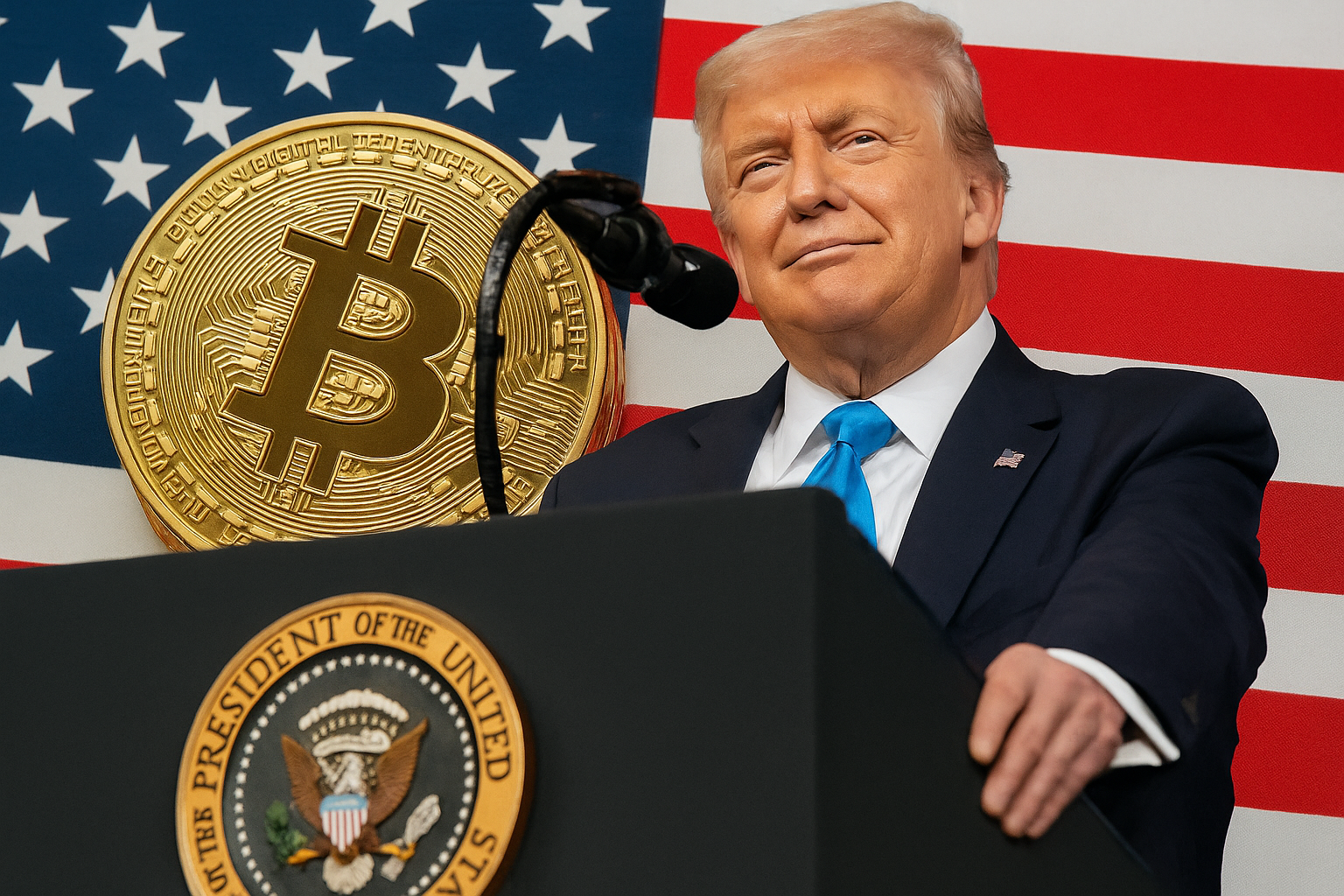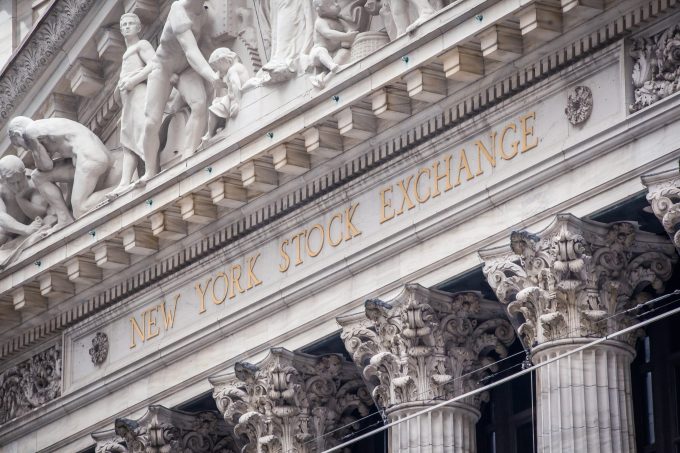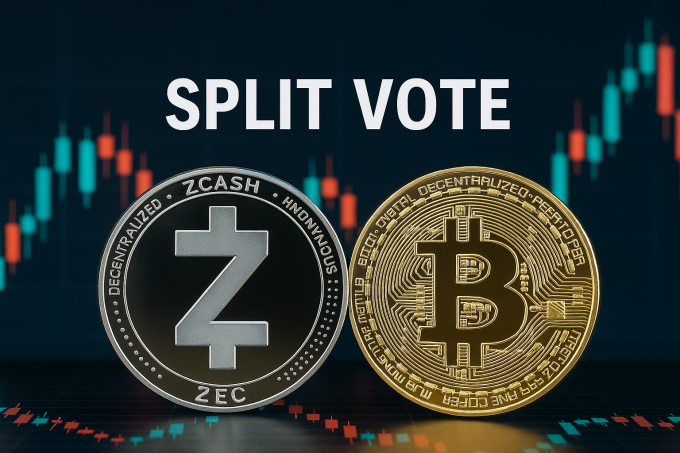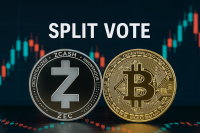3 Key Points:
-
President Donald Trump announced a proposed “tariff dividend” of at least $2,000 per person, sparking a mild crypto market rebound.
-
Bitcoin (BTC) rose 1.93% to $106,221, Ether (ETH) climbed 4.75% to $3,609, and Solana (SOL) gained 2.49% to $167, as traders priced in possible consumer stimulus.
-
Analysts say the proposal faces fiscal and legal hurdles, with tariff revenues of ~$120B falling far short of the $300B needed to fund the plan.
By SKN News
Cryptocurrency markets edged higher on Friday after U.S. President Donald Trump announced plans to pay a $2,000 “tariff dividend” to most Americans, funded by proceeds from import tariffs.
The proposal, outlined in a post on Truth Social, envisions distributing part of what Trump described as “trillions of dollars in tariff revenue” to U.S. households while simultaneously reducing the $37 trillion national debt. “A dividend of at least $2,000 a person (not including high-income people!) will be paid to everyone,” Trump wrote.
The announcement triggered a broad crypto market uptick, with Bitcoin (BTC) climbing 1.93% to $106,221, Ether (ETH) rising 4.75% to $3,609, and Solana (SOL) advancing 2.49% to $167, according to CoinDesk data. The CoinDesk 20 Index (CD20), which tracks the 20 largest digital assets, rose 1.5%.
This modest rebound comes after a brutal week for digital assets, which saw the CD20 tumble 15% from its early-October highs. Bitcoin remains down 5.7% for the week, and Ether 7.5% lower, underscoring how sensitive risk assets remain to macroeconomic and policy headlines.
Stimulus Hopes Lift Crypto Sentiment
Market participants interpreted Trump’s announcement as a potential liquidity injection, with parallels to prior stimulus-driven rallies that buoyed risk assets in 2020 and 2021.
“Even if this proposal is politically aspirational, markets respond instantly to the idea of more disposable income for retail investors,” said David Lawton, senior strategist at Falcon Advisory Group. “Crypto, in particular, thrives on fiscal expansion narratives.”
The logic is straightforward: direct payments to Americans even if months or years away could fuel spending and risk-taking, part of which historically flows into digital assets and equities.
Still, traders were quick to note the speculative nature of the bounce. The market reaction was largely sentiment-driven, not structural, suggesting gains could prove short-lived without concrete fiscal progress.
Fiscal Math Doesn’t Add Up
Economists and tax experts swiftly cast doubt on the plan’s feasibility. According to Erica York, vice president of Federal Tax Policy at the Tax Foundation, tariff revenues to date total about $120 billion less than half the amount needed to fund even a single round of payments.
“If the cutoff is $100,000, about 150 million adults would qualify,” York wrote on X. “That’s roughly $300 billion in total payouts. If children are included, it grows even more. The problem: new tariffs have raised only $120 billion.”
York further explained that tariffs indirectly suppress taxable income, meaning each dollar of tariff revenue offsets approximately 24 cents of income and payroll tax collections. “After adjusting for that effect,” she said, “the net revenue is closer to $90 billion, not $300 billion.”
Andy Constan, CEO of Damped Spring Advisors, added that even if the revenue existed, Trump cannot unilaterally authorize federal spending. “Any direct payments to citizens must go through Congress,” he said. “Without appropriation, this remains a political statement, not a fiscal reality.”
Legal and Political Roadblocks
Beyond the math, legal analysts note that tariff-derived funds are constitutionally subject to congressional control, as part of the federal spending process. Trump’s proposal would thus require legislative approval a steep challenge amid ongoing partisan disputes in Washington.
The House and Senate remain divided over broader budget negotiations, and with the government recently facing a historic shutdown, swift progress on a new payment program appears unlikely.
Moreover, the economic impact of tariffs has drawn criticism from economists who argue that they act as an indirect tax on consumers, raising import costs and dampening spending power — potentially offsetting the benefits of any dividend.
Crypto Markets Eye Fiscal Momentum
Despite skepticism over execution, the psychological impact of Trump’s announcement was immediate. Traders see the proposal as part of a broader fiscal expansion narrative that could benefit Bitcoin, which has increasingly behaved like a liquidity-sensitive macro asset.
“Every time Washington hints at more cash in circulation, Bitcoin gets a bid,” said Sarah Goldman, head of digital strategy at Digital Horizons Capital. “It’s a reflexive response to the expectation of higher liquidity and inflation.”
As of Friday, on-chain data showed net inflows into major exchanges rising modestly, with BTC and ETH open interest increasing across both spot and derivatives markets signs of returning optimism, albeit cautious.
The Bottom Line
While Trump’s $2,000 tariff dividend proposal faces significant fiscal and legislative barriers, it has already achieved one goal: reviving investor sentiment after one of crypto’s most volatile weeks in months.
Whether or not the payments ever materialize, the announcement reinforces a recurring theme in crypto markets that policy-driven liquidity expectations, rather than fundamentals alone, remain one of Bitcoin’s most powerful short-term catalysts.












https://shorturl.fm/q8FJE
https://shorturl.fm/r35Au
https://shorturl.fm/WCogt